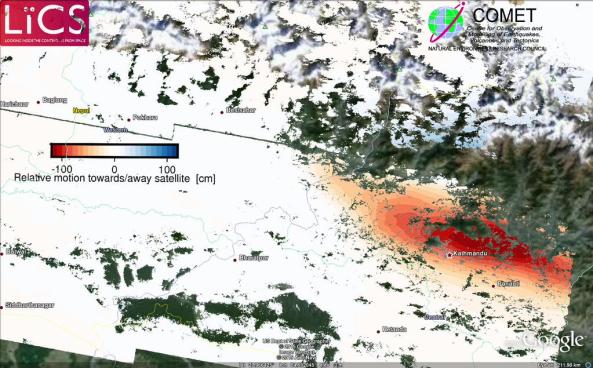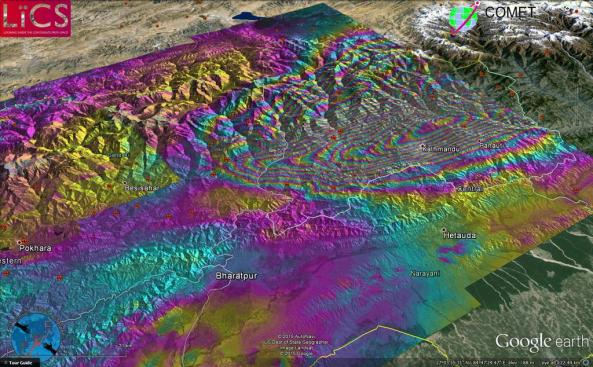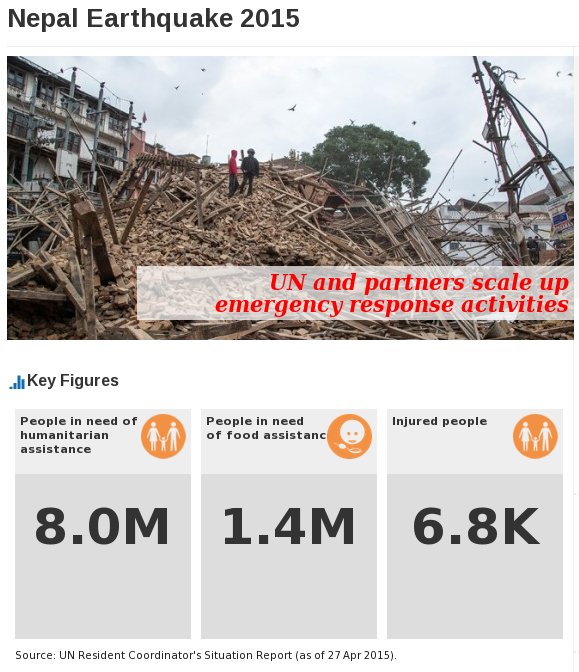 The annual European Geoscience Union meeting is the largest conference gathering of geoscientists in Europe. Held in the historic city of Vienna, the meeting brings together a diverse range of scientists, students and professionals to share and exchange their research and ideas.
The annual European Geoscience Union meeting is the largest conference gathering of geoscientists in Europe. Held in the historic city of Vienna, the meeting brings together a diverse range of scientists, students and professionals to share and exchange their research and ideas.
Many CGS academics and students from the University of Leeds are attending this year’s event. For the next week or so I’ll be writing a few short posts about some of the talks that catch, my eye from the Natural Hazards sessions. The first in the EGU series of posts is about playing detective with the landscape and is based on a talk given by COMET+ scientist Richard Walker.
Earthquakes are caused by the sudden release of energy by movements along large fractures in the Earth called faults. These events release a lot of seismic energy that spreads away from the fault. These are what causes damage to buildings and the landscape. Earthquakes can be very destructive events, as we saw in 2010 when a magnitude 7.1earthquake in Haiti killed almost 230,000 people!

An earthquake rupture preserved in the landscape in Mongolia. Image courtesy of Richard Walker.
It is important to understand the history of earthquakes along large faults if we are to accurately understand its behaviour and be able to make reliable forecasts of the hazards it might pose. However, the historical record of past activity on large faults is very sparse. Particularly in regions around Central Asia where populations have historically been small and/or nomadic.
This is where the landscape detectives come in. Every large earthquake results in movements along faults. Very often these movements are preserved in the landscape. This might be in the form of an uplifted river terrace, a diverted stream, an offset hill etc.
The landscape detectives, or geomorphologist to use the technical term, hunt for these clues and gather evidence for past movements along faults and try to determine the size of the movements and when it occurred. Using these they can give an estimate of the size of the earthquake that caused the event and more importantly add constraints on how fast the fault is moving. All these are are vital if we are to understand the fault and forecasts it’s behaviour in the future.
If you would like more information be sure to send us an email. I will write a more detailed feature on the actual techniques used by geomorphologists to untangle the earthquake history from the landscape after the conference.
Ekbal











